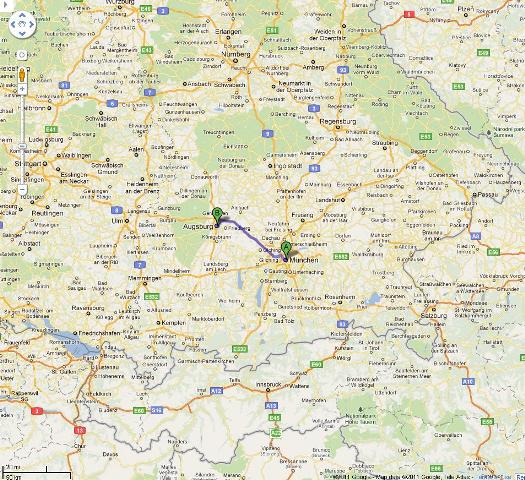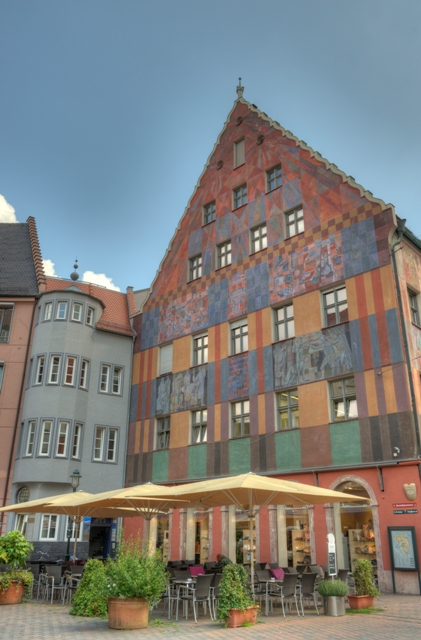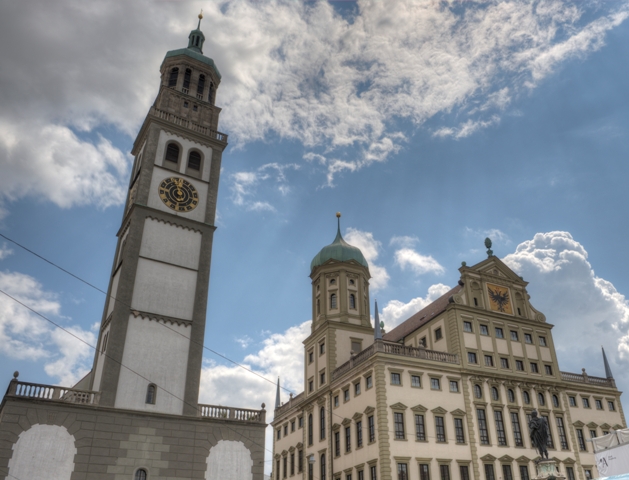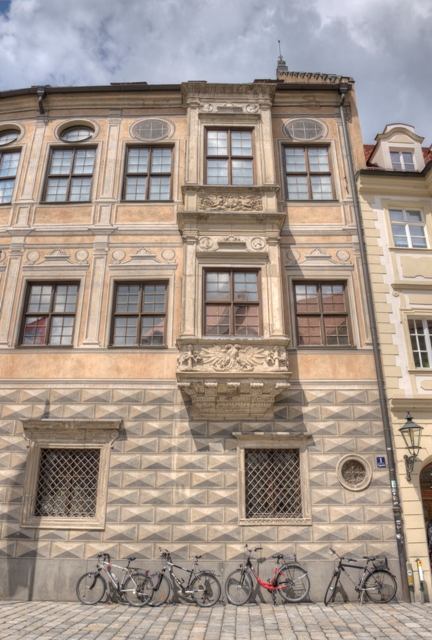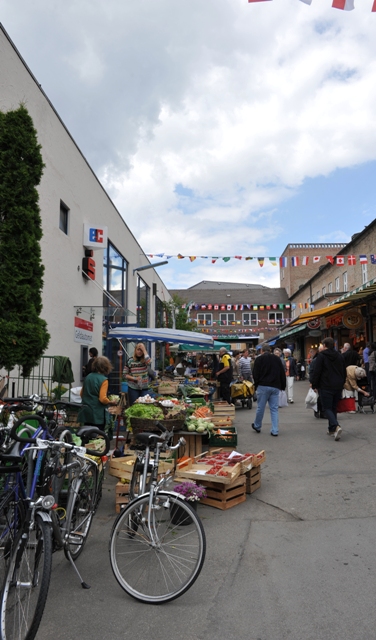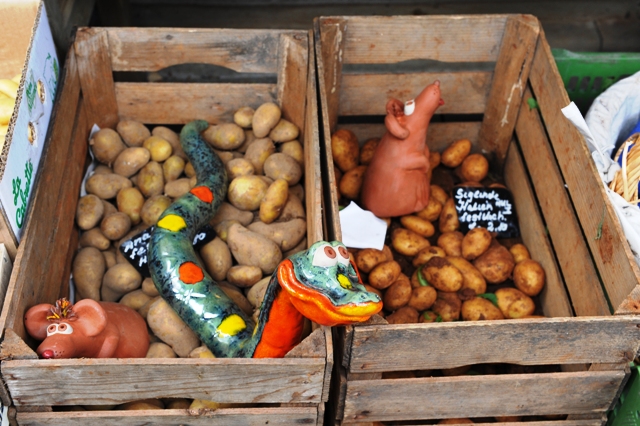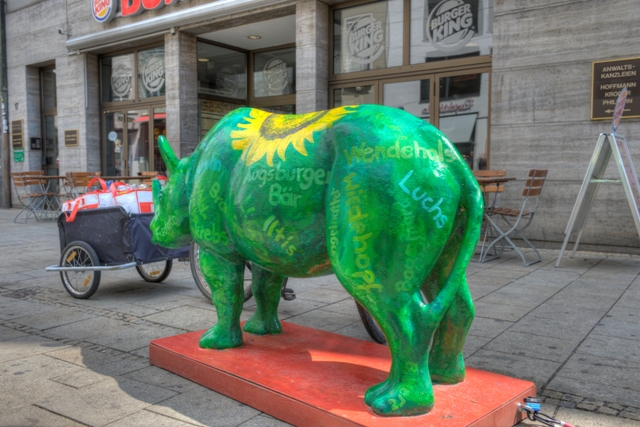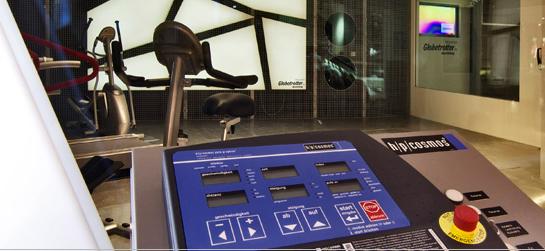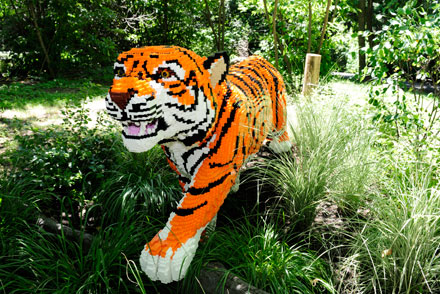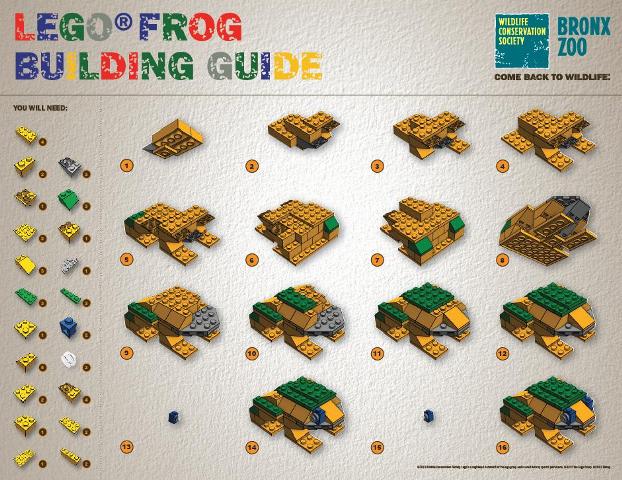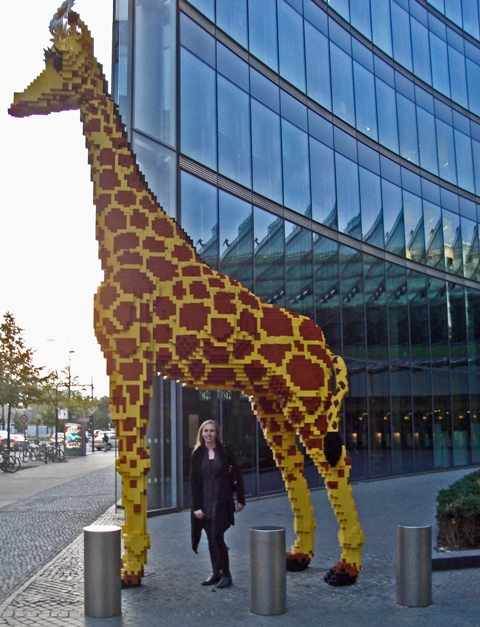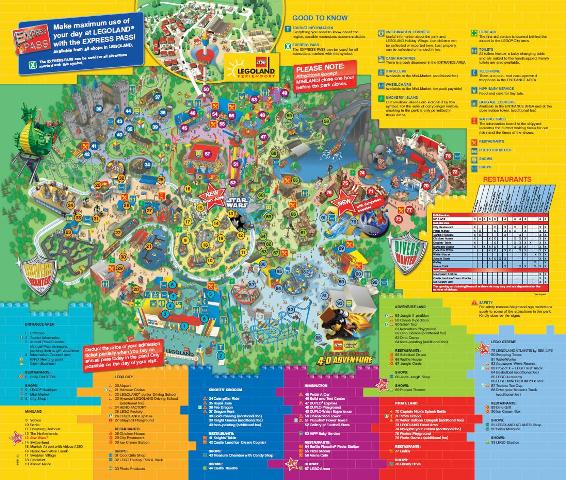Google Analytics Part 1 - Visits and Visitors
 Thursday, July 28, 2011 at 9:00
Thursday, July 28, 2011 at 9:00 The first post on Schnitzelbahn was published about 10 months ago, and after 280 blog entries (so far) we've been keen to learn more about the visitors and traffic here (and about the tools that "real" webmasters use to give them such info).
In other words: enough about us, let's talk about YOU.
We use Squarespace, which provides the blogging software and site hosting. Squarespace does collect some traffic information, but we wanted to check out tools that major sites would use. Specifically, this post is about Google Analytics. Please note: Schnitzelbahn has no advertisements and does not generate any revenue -- this is just a hobby... an exercise in learning for us. We're not spying on you!
Here is our home page for Google Analytics, showing the dashboard for Schnitzelbahn - some figures are scrubbed, but the gist is there. The top section is a line chart showing number of visits by day. You can change this to cover any time period you want (boxed in the upper right). Underneath are sections that allow deep dives into the data.
In the screen capture above I've outlined a few areas that we'll "click on" to see details. The first area is called "Site Usage" and has a few key statistics: Pages per Visit, Average Time on Site, Bounce Rate, and % New Visits.
Here is what Pages per Visit looks like (below). Obviously, you want visitors to look at more than one page when they stop by - it means your content is interesting to them. One quarter of our readers view 2-4 pages per visit - not too bad? (we have no reference)
Next is Duration of Visit. Again, it's common sense that the longer the better. You can't see it here, but most of the 0-10 second visits are the result of a detailed Google search -- I guess that the surfers here were looking for something specific and determined quickly that we didn't have the info he/she was looking for (e.g., product specifications, specific tourist info, etc.). Overall, 13% of visitors stay 2 minutes or longer.
Things get more interesting when you look at duration of visit by day -- and map this to the specific content. You can see which posts kept people reading... obviously lots of people stuck around to view the Eurovision videos on May 10! (It's a little tricky because of the time difference for readers -- late surfers in the U.S. might view content "the next day" here in Germany... but overall you get the picture.)
Bounce Rate was new to me - it's just the percentage of people that view one page and then leave (see the pageviews table above). Again, viewing this data by day shows you what content got the viewer to read additional pages. If we're honest, though, we also have to admit that day-of-the-week has a lot to do with surfing behavior. See how low the Bounce Rate is on Sunday and Monday? (Sunday - just feel like relaxed surfing & reading.... Monday - will do anything as a diversion from work!)
Let's go back to the Dashboard and "click" on Visitors Overview, to get pretty specific data on the computer(s) you're using to read Schnitzelbahn. For example, Google Analytics will show the distribution of browers used. Firefox beats IE by a whisker.
If we "click" on Firefox, it will even show us a distribution of the Firefox versions used! (There are similar charts for versions of Flash player.)
We also can see operating systems of the viewers' computers (love the 1.5% Linux!)...
... and even the screen resolution of your monitors.
The most surprising, to me, was that Google Analytics "knows" what Internet/network service provider was used to connect. I love that fact that visitors from Siemens have such long Average Time on Site -- glad to give you a distraction guys! The folks using Sonic are in and out in a flash (less than 13 seconds) and don't stick around (91% Bounce Rate). Wonder why?
No, we can't steal your credit card info, and haven't planted hidden video cameras in your house. It was just interesting for us to get a glimpse of a tool and some data/charts that "real" web sites night use. (Google Analytics is free.)
You can see how information about the user's computer (OS, browser, screen resolution, etc.) would be helpful in making decisions about how to design a site. We keep things pretty simple so it's not as valuable to us, but there's probably a lot more that goes on in commercial Web site planning than most people realize.
In the second part coming next week we'll look at where you, the viewers, are located throughout the world.
 Herr J ...
Herr J ...  2 Comments
2 Comments 




